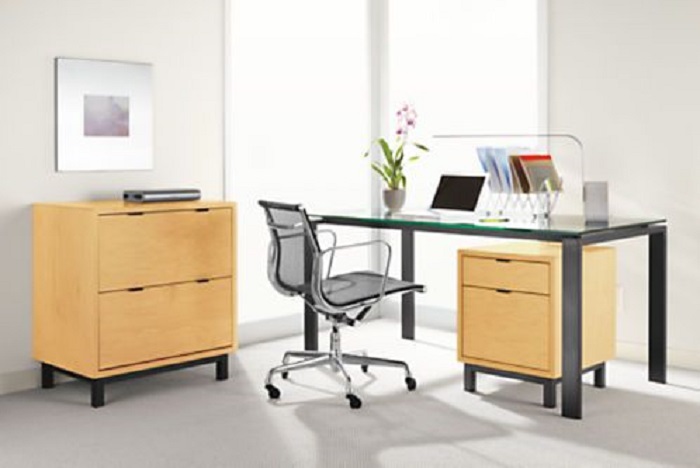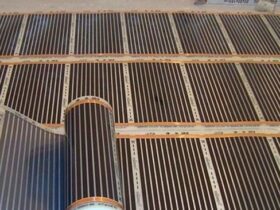Furnishing a home is more than a design choice — it’s an investment in comfort, functionality, and everyday quality of life. In an age of fast furniture and fleeting trends, selecting durable, high-quality pieces has become both a practical and sustainable decision. The right furniture not only elevates the aesthetics of your home but also retains its value over time, aging gracefully with use and care. But how can you identify furniture that truly stands the test of time? Let’s explore the essential principles behind choosing pieces that combine beauty, resilience, and long-term worth.
1. Prioritize Craftsmanship Over Quantity
True quality begins with craftsmanship. Well-made furniture is defined by the skill and attention to detail that go into its construction. You can recognize craftsmanship in tight joints, smooth edges, and seamless finishes — all signs that the maker took time to perfect their work. Handmade or artisan-crafted furniture often outperforms mass-produced alternatives because it’s built with precision and care rather than efficiency alone.
When evaluating furniture, look beyond surface appeal. Examine the joints and frames — mortise-and-tenon or dovetail joints, for instance, indicate structural integrity, while visible glue or staples can signal weaker construction. Drawers should slide smoothly, and the furniture should feel balanced and solid, even without additional support.
2. Choose Strong, Natural Materials
The materials used determine both durability and the furniture’s character over time. Solid wood remains one of the most reliable options for frames and structural components. Hardwoods such as oak, walnut, or ash are renowned for their longevity and ability to develop a rich patina with age. Unlike particleboard or veneer-based alternatives, solid wood can be sanded, refinished, and repaired — extending its life for decades.
Metal components, like stainless steel or brass, add strength and modern elegance, while high-quality upholstery fabrics such as linen, wool, or full-grain leather offer both comfort and resilience. When possible, choose natural or sustainable materials, as they are not only healthier for your living environment but also tend to wear beautifully over time.
To explore a selection of refined furniture crafted from premium materials and designed for lasting quality, visit sayrug.eu.
3. Test Comfort and Construction
Durability is not only about what’s inside the furniture but also how it feels in daily use. A piece may look sturdy yet fail to provide comfort or support over time. Sofas and chairs, for example, should have a balanced level of firmness — offering both structure and cushioning. High-resilience foam or natural fillings like down and latex ensure long-lasting comfort without sagging.
Before purchasing, test the piece: sit, recline, and shift your weight. Quality furniture should maintain its shape and stability under use. If it creaks, wobbles, or feels uneven, that’s often a sign of weak assembly or subpar materials. Remember, well-made furniture feels dependable from the first interaction — a quiet assurance of quality that’s tangible even before years of use.
4. Evaluate Design Beyond Trends
Furniture with long-term value often avoids overly trendy shapes or finishes. Instead, it focuses on proportion, timeless design, and materials that age well. A clean, well-balanced silhouette will remain elegant even as décor styles evolve. Avoid pieces designed to fit short-lived fashion cycles; instead, seek those that blend seamlessly with both traditional and contemporary interiors.
Timeless doesn’t mean plain — it means purposeful. Details like subtle curves, fine joinery, and natural finishes convey sophistication without relying on seasonal trends. Investing in design integrity means your furniture will adapt effortlessly as your tastes or surroundings change.
5. Inspect Finishes and Upholstery
The finish is the first layer of defense that protects furniture from wear and environmental factors. High-quality finishes are applied evenly, enhancing the natural beauty of the material rather than masking it. Wood should have a smooth, sealed surface — not glossy plastic-like coatings that may crack or peel. Similarly, metal components should resist corrosion and maintain their sheen over time.
For upholstered furniture, check the stitching and seams for consistency. Double stitching and reinforced corners signal attention to detail, while removable covers offer practicality for cleaning. Natural fabrics such as wool, cotton, and linen breathe better and last longer than synthetic alternatives, developing character through use rather than fading or pilling.
6. Consider Maintenance and Repairability
Even the best furniture requires care to stay beautiful. The advantage of high-quality pieces is that they can be maintained and restored rather than replaced. Look for items that allow easy reupholstery, refinishing, or part replacement — these features significantly extend their lifespan. Choosing furniture from reputable manufacturers or craftsmen also ensures that you’ll have access to support, spare parts, or maintenance services if needed.
Regular care — dusting, polishing, and gentle cleaning — helps preserve finishes and materials. When properly maintained, quality furniture can last generations, becoming part of a home’s history rather than disposable décor.
7. Think of Furniture as an Investment
While premium furniture may come with a higher upfront cost, its value lies in longevity. Cheap, fast-produced items often need replacing within a few years, making them more expensive in the long run. High-quality furniture, on the other hand, maintains its strength, function, and aesthetic appeal for decades — sometimes even appreciating in value as craftsmanship and materials become rarer.
Choosing durable furniture is an investment not only in your home but in sustainability and quality of life. Each piece becomes part of your daily experience — something you can rely on and take pride in, year after year.
Enduring Value Through Thoughtful Choice
Durable, high-quality furniture stands at the intersection of craftsmanship, design, and material integrity. It embodies patience, attention to detail, and respect for both form and function. When you choose furniture built to last, you’re not merely decorating a space — you’re creating a foundation for a lifetime of living well. In a world driven by convenience, true value lies in what endures: pieces made with care, designed with purpose, and cherished for years to come.


















Leave a Reply